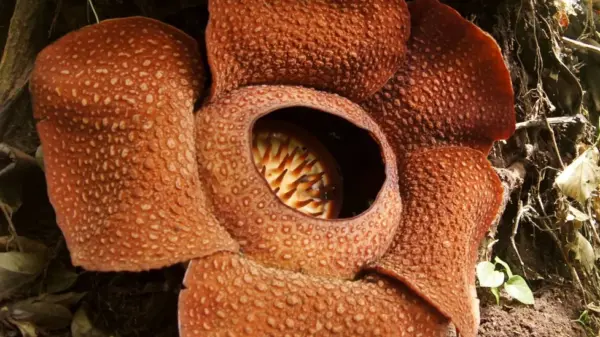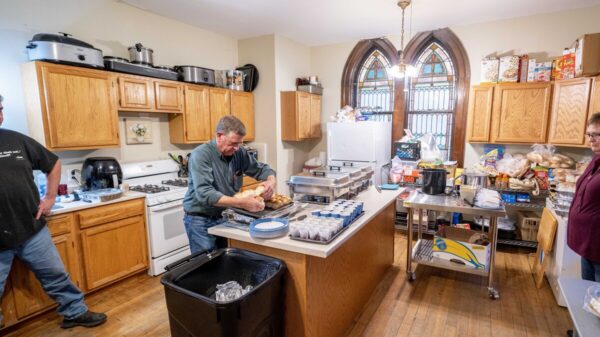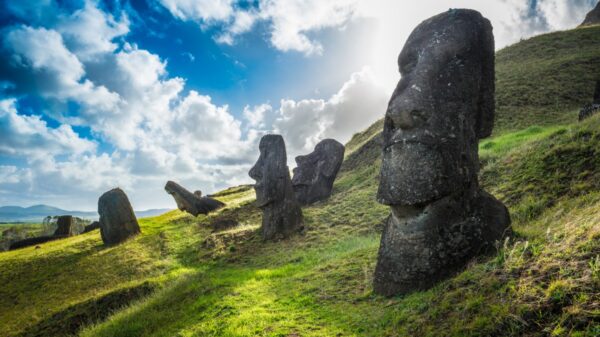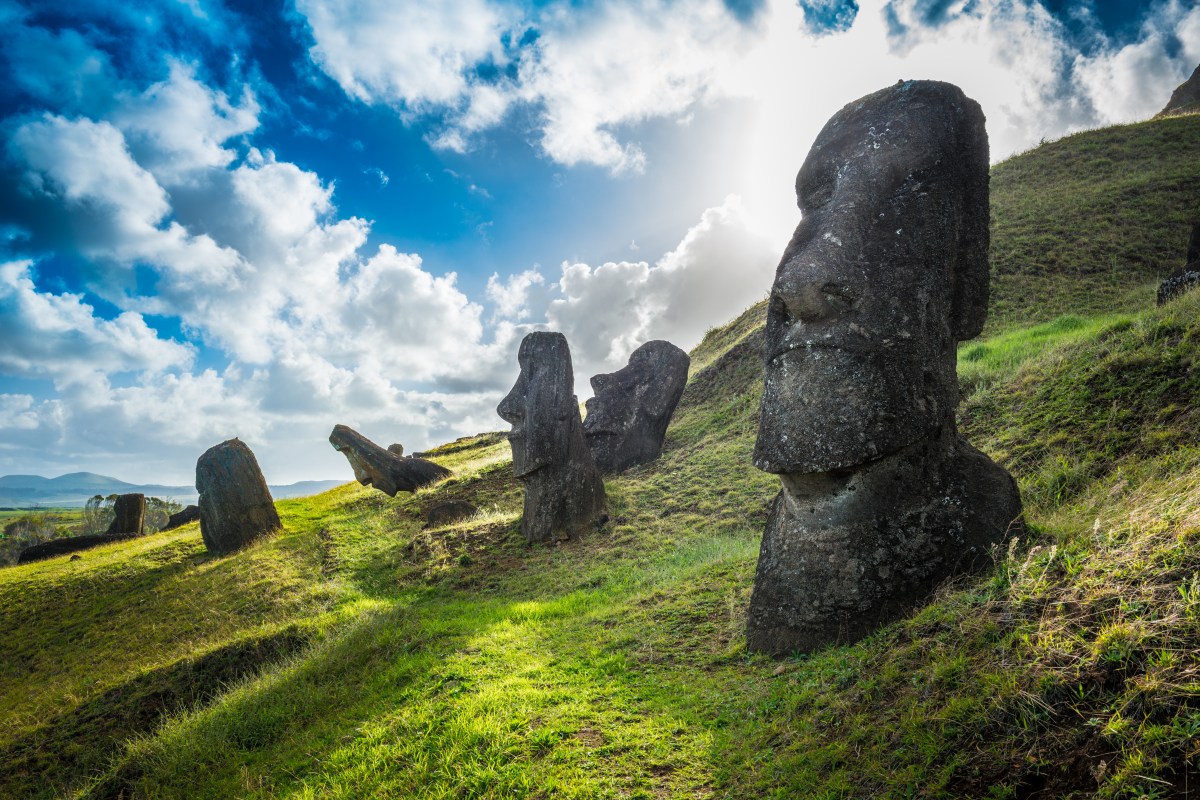The iconic moai of Easter Island (Rapa Nui) can now be explored virtually, thanks to a groundbreaking interactive model of the Rano Raraku quarry. This innovative reconstruction allows users to experience one of the most remote inhabited places on Earth from the comfort of their homes. The project was developed by a team of researchers from the State University of New York at Binghamton, who captured over 22,000 photographs of the site using drones. These images were meticulously stitched together to create a detailed 3D model of the quarry.
Documenting Cultural Heritage After Wildfire Damage
The creation of this virtual model was prompted by a community request on Rapa Nui following a wildfire that devastated parts of Rano Raraku in October 2023. Local groups recognized the need for comprehensive documentation of the quarry to prevent potential future damage. Professor Carl Lipo, one of the authors of the study published in PLOS ONE, described the quarry as “like the archeological Disneyland,” emphasizing its rich cultural heritage and historical significance.
The moai, carved by the Rapa Nui people from volcanic ash known as “tuff,” date back to between A.D. 1250 and 1500. Among them, the largest statue, known as “Paro,” towers at 33 feet and weighs approximately 82 tonnes. Although it is estimated that around 1,000 moai were originally constructed, fewer than 900 remain today, with about 400 still located within the Rano Raraku quarry.
A New Dimension for Research and Exploration
The 3D model allows users to closely examine the remaining moai while also providing a broader view of the quarry, which is situated in a steep and rugged volcanic crater. “You can see things that you couldn’t actually see on the ground,” Lipo noted. This model serves as a valuable academic resource, enabling researchers to conduct detailed examinations of the various carving techniques used at different sites within Rano Raraku.
Lipo explained, “We can say, ‘Here, go look at it’ if you want to see the different kinds of carving.” This documentation fills a significant gap in understanding the cultural and historical context of the moai’s construction.
Despite concerns among local residents that virtual models might discourage tourism, Lipo believes the opposite will occur. “I think this will actually inspire people to go there,” he stated, emphasizing the unique landscape and cultural richness that awaits visitors to the island.
The new 3D model also sheds light on the independent groups that may have operated in the quarry. The evidence suggests that various clan groups worked intensively on different workshops, rather than under a centralized leadership. “You can really see graphically from the construction that there’s a series of statues being made here, another series of statues here,” Lipo concluded.
For those interested in exploring this remarkable archaeological site, the 3D model of Rano Raraku is now available online, offering a unique glimpse into the history and craftsmanship of the Rapa Nui people.







































































